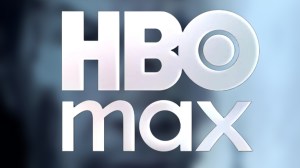With the arrival of September, we have now reached the end of 2025’s summer movie season. And like with that May through August stretch of any year, there were some movies that won and some movies that, well, didn’t. We’re going to be looking at both categories, and not even with a viewpoint that is relegated to the analysis of single movies’ respective performances. There were certain genres that excelled and others that didn’t generate much interest. And, while it’s not always the case, this year showed that with particular studios, as well. One was a big-time winner and one fell short of its past successes. Falling between the two categories was Marvel. Thunderbolts* underperformed with $382.4 million against $180 million and The Fantastic Four: First Steps could have done better with $506.3 million (for now, but it’s mostly completed its run) against at least $200 million, but neither one of them truly flopped.
Videos by ComicBook.com
Also falling in-between the winner and loser column was the legacy sequel. The Naked Gun (which in its own way is a legacy sequel) has done fairly well, as has Freakier Friday, but I Know What You Did Last Summer and Karate Kid: Legends both fell short of expectations. So, which studio won the summer? Which genre did the same? Let’s find out.
1) Winner: Horror
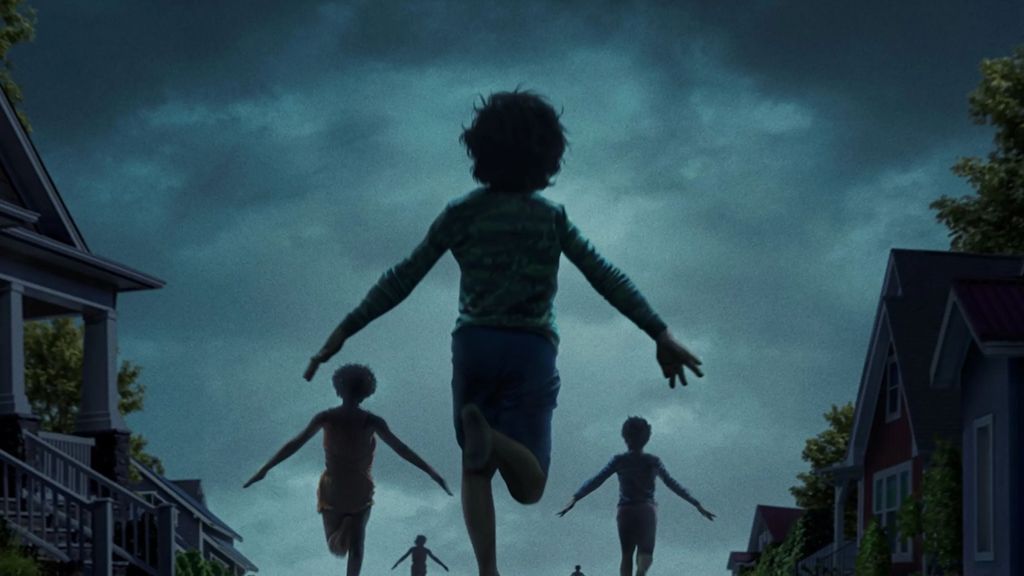
Clown in a Cornfield didn’t set the box office on fire with $11.5 million, but it was also a comparatively limited release with only a moderate marketing push. It also had a budget of just $1 million, so it was still a considerable success. Outside The Home, which had a limited release (1,015 theaters in this case) and I Know What You Did Last Summer, every horror film performed respectably this summer.
A24’s $39.1 million on a $15 million budget wasn’t jaw-dropping, but it was enough to turn a profit. 28 Years Later netted $150 million against $60 million which, again, isn’t staggering but still counts as a win. The same goes for Together, which made $28.2 million against a tight $17 million. And, for that one in particular, it’s exactly the type of fantastic movie that will find its audience on the small screen overtime, so there’s precious little doubt it will become profitable before long, if it hasn’t already. Then there were the two breakout horror hits of the summer, Final Destination: Bloodlines and Weapons…but more on them in a bit. Toss in the second-place spot for Jaws‘ 50-year anniversary release and this has been a summer of consistent interest in horror. It’s just too bad they didn’t turn out for The Toxic Avenger (which isn’t horror but has horror elements).
2) Loser: Lionsgate
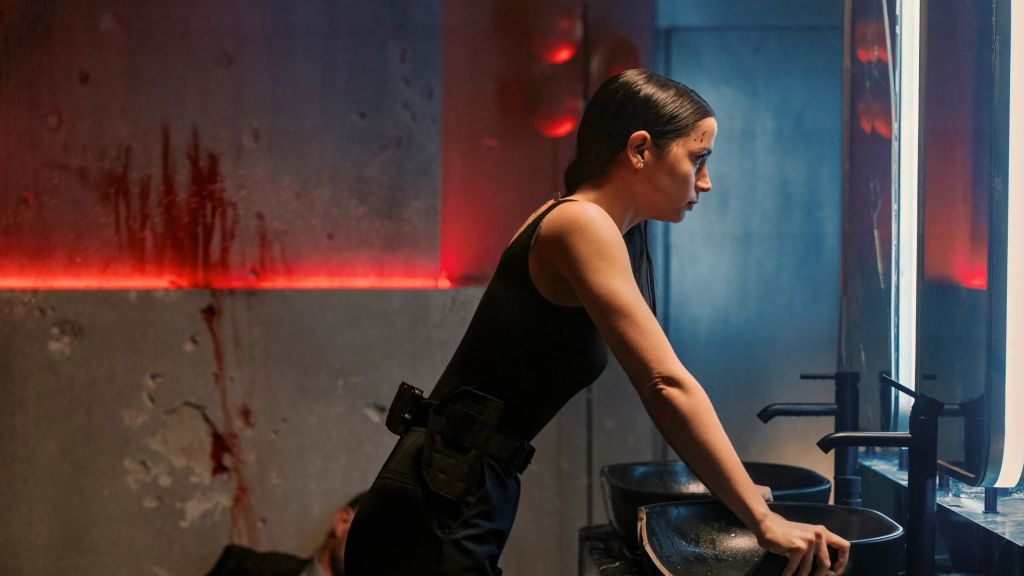
Last year, Lionsgate had The Strangers: Chapter 1, Borderlands, and The Crow. The Strangers turned a profit, but it still wasn’t much to gloat about while Borderlands and The Crow flopped and flopped hard. In other words, Lionsgate really needed a win this year. They didn’t get one.
Shadow Force made an eighth of its budget, Hurry Up Tomorrow became as much of a punchline as Borderlands, and aforementioned horror movie The Home (starring Pete Davidson) came and went. Their big play was Ballerina. It seemed like a recipe for success. The John Wick movies continue to do phenomenally well on streaming, this movie actually had John Wick in it, and Ana de Armas is a likable and talented star. Toss in a returning Ian McShane, Anjelica Huston, and Lance Reddick (in his final on-screen performance) and there was more than enough connective tissue to make this movie a hit. But it wasn’t. Before marketing it cost $90 million and only made $135.9 million worldwide
3) Winner: Warner Bros.
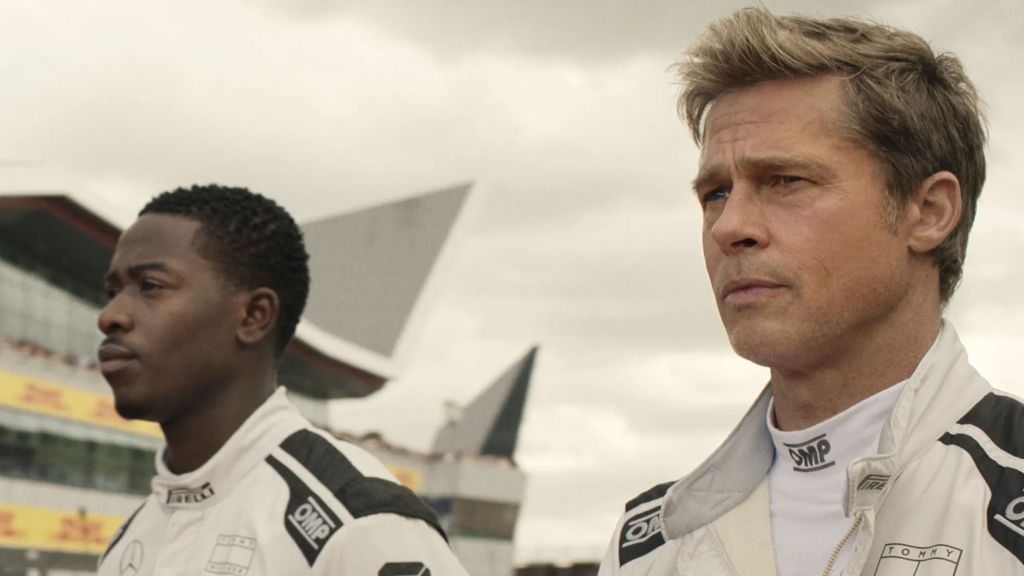
Warner Bros. released four movies this summer and not one of them could really have performed any better. First was Final Destination Bloodlines, which ended up being not only the most well-reviewed installment of the franchise by a country mile, but it’s highest grossing as well. After a fantastic $51.6 million opening domestically it legged it out to $138.1 million stateside and $300.9 million worldwide. It sextupled its budget, guaranteeing development of a seventh film. Then came F1, which they distributed for Apple Studios. Even with a price tag ranging between $200 and $300 million, it managed to turn a tidy profit.
Up next was their big gamble: Superman. The true start of the DCU, a lot was riding on the success of James Gunn’s film, and it ended up pulling it off with over $600 million on a $225 million price tag. Considering it’s so well-liked, it seems safe to assume this one will continue performing well when it comes to rentals and streaming. Perhaps most impressive is Weapons which, with just $38 million for a budget, has pulled in nearly $250 million worldwide and it’s not done yet. It’s a major win for Warner, and just as massive a victory for director Zach Cregger. Cregger is about to move onto bigger things, and twice now he’s shown that he can craft a film that is both critically lauded and financially successful. He’s going over to Sony for his Resident Evil reboot, but he’s also hoping to jump onto the superhero train with his original idea for a DCU film. And which studio is in charge of the DCU? Warner Bros.
4) Loser: M3GAN 2.0

Typically, when a second movie doesn’t match the first movie’s worldwide total, that’s the end of a franchise before it really got going. The Amazing Spider-Man 2 pulled in $716.9 million but The Amazing Spider-Man made $758.7 million. Percy Jackson: Sea of Monsters made $199.9 million while Percy Jackson & the Olympians: The Lightning Thief made $226.5 million. Pacific Rim: Uprising made $290.9 million whereas Pacific Rim made $411 million. Fantastic Four: Rise of the Silver Surfer made $301.9 million, and its predecessor made $333.5 million. Those are drops of, respectively, 5.5%, 11.7%, 29.2%, and 9.5%. As for M3GAN 2.0? A 78.4% drop.
Worse yet, M3GAN 2.0 had a budget upwards of $25 million. That’s modest, so it’s not the biggest disaster in terms of return on investment, but the sequel’s total haul is still a glaring indication that people did not see M3GAN as a franchise. They especially didn’t see it as an action sci-fi comedy. It was too much of a genre jump. It’s likely it will find an audience on streaming but still one that pales in comparison to how many people bought a ticket for the first one. This is the type of failure that will likely give Blumhouse pause down the line when they’re thinking about turning another success into a franchise.
5) Winner: Live Action Remakes of Animated Kids Movies
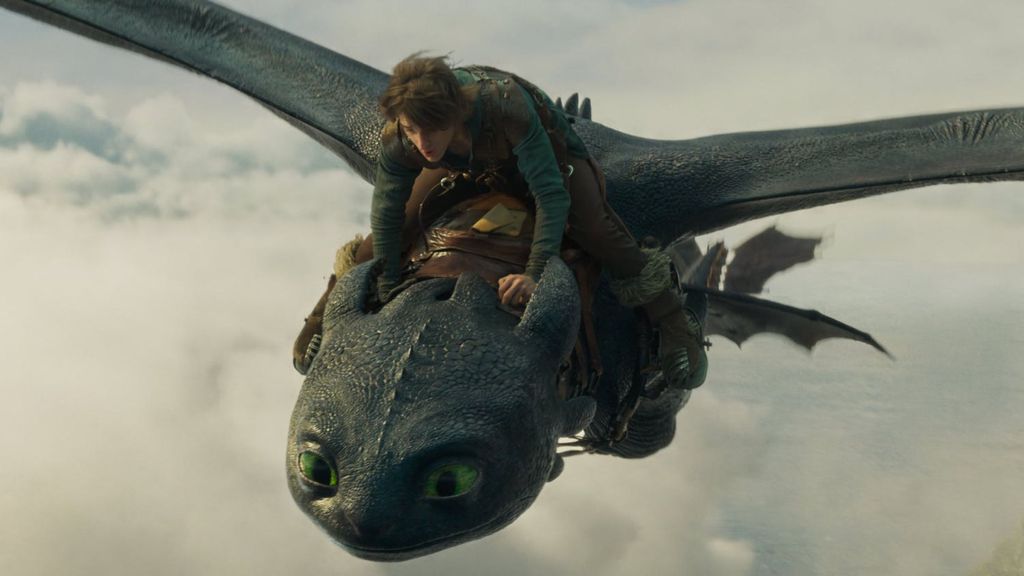
In March, Snow White tanked in theaters, which was especially concerning given how it was one of Disney’s most expensive films. For a multitude of reasons, audiences didn’t turn out and it attracted a massive amount of negative press. Its failure was so catastrophic that there was much talk about whether or not the whole live-action remake of popular animated movies phase was over.
It turns out, Snow White‘s bombing was essentially a one-off, which was proved not once but twice this summer. First, we got fellow Disney movie Lilo & Stitch, which beat Snow White domestically in about a day and a half. It also had an incredibly reasonable budget of just $100 million, which was a fantastic investment considering the movie crossed $1 billion worldwide. Universal Pictures also found success crafting a live-action remake of one of their animated cash cows, How to Train Your Dragon. It managed to quadruple its budget, and a sequel is unsurprisingly on the way for an almost identical release date in 2027. Compare their tallies to Pixar’s Elio, which could only rake in $152.2 million worldwide against $150-$200 million, and they seem to have kept open the door for more live-action remakes of animated classics down the line.
6) Loser: Straightforward Action Movies

Mission: Impossible – The Final Reckoning had some fantastic holds weekend after weekend, but it’s basically the only straightforward, non-superhero action movie of the summer that made a dent. And, even then, given its massive budget, it’s debatable whether it really performed all that well.
Outside M:I, we got the aforementioned Ballerina, which will hopefully find a life on streaming, because it’s solid and is perhaps the most surprising bomb of the summer. Speaking of John Wick-adjacent movies, Nobody 2 didn’t ride the goodwill of its predecessor, only generating $36 million (likely topping out with at most $45 million) against a price tag of $25 million. Then there were the smaller scale action movies not a part of a major IP, both of which failed to turn a profit. For instance, Shadow Force, which netted about $5 million against $40 million and the fun and funny Fight or Flight, which scored just $4.2 million. Then again, quite a few actioners fell short of expectation last summer as well, most notably Furiosa: A Mad Max Saga.


